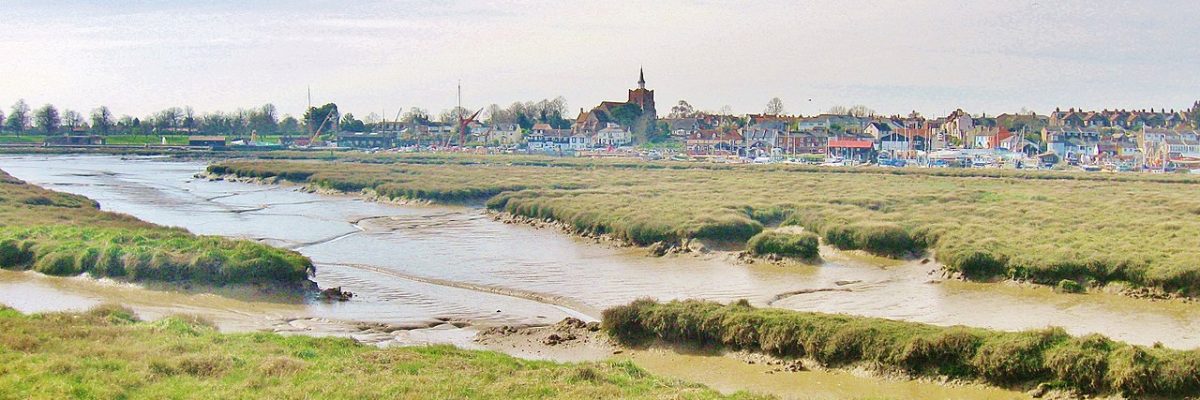Key information
Postcode Area
Location
Population
Official Website
Click Here
Epping
Epping: A Market Town Shaped by Forest and Road
Epping is a historic market town situated at the northernmost point of Epping Forest. Its identity has been forged by its dual roles: a vital centre for trade and travellers, and a community deeply connected to the ancient woodland that surrounds it. The town serves as the final stop on the Central line of the London Underground, marking a distinct point where the capital’s urban network gives way to the Essex countryside.
The town’s origins are ancient, with evidence of a Stone Age settlement in the area and a mention in the Domesday Book of 1086. Its development accelerated significantly during the medieval period. In 1253, King Henry III granted a royal charter for a weekly market to be held. This event was pivotal, establishing Epping as a key commercial hub for the surrounding rural communities. The market continues to this day, held every Monday along the High Street, and it remains a core part of the town’s character.
The High Street itself was a crucial artery for centuries. As a main coaching route from London to destinations like Newmarket and Norwich, Epping became a busy stopping-off point. Numerous coaching inns were established to cater to the constant flow of travellers, horses, and carriages, contributing to the town’s prosperity and its architectural makeup. Many of the historic buildings still lining the wide High Street, including several with Grade I and II listings, date from this active period.
The arrival of the railway and later the London Underground transformed Epping’s status. While it retained its market town functions, it also became a desirable residential location for people working in London. This has shaped the modern town, which today has a population of over 11,000. It balances its historic core with the amenities required for a contemporary community.
Epping’s connection to the outdoors is fundamental. It is a primary gateway to Epping Forest, providing access for walkers, cyclists, and riders. The Essex Way, a long-distance footpath that stretches across the county, begins just outside Epping’s Tube station. This direct relationship with the open green spaces of the forest and surrounding countryside is a defining quality for its residents and a draw for visitors.
The town also maintains a strong community and international connection through its twinning with Eppingen, a town in north-west Baden-Württemberg, Germany. This partnership was formed in 1981 and fosters cultural exchange between the two communities. Through its enduring market, its position as a transport terminus, and its proximity to the forest, Epping continues as a distinct and active Essex town.

Nearby
Its immediate neighbours, with which it is most closely associated, are:
Theyden Bois: Located directly to the south, Theydon Bois is a smaller village with a distinct rural character. It shares close ties with Epping, and both lie on the Central Line, providing easy access to London.
North Weald Bassett: To the northeast, North Weald is a large village known for its airfield and historic links to RAF operations. It is connected to Epping via road and bus routes, forming part of the wider Epping Forest community.
Coopersale: Just east of the town centre, Coopersale is a suburban village that blends into the outskirts of Epping. Though small, it is often considered part of Epping’s local area.
Epping Green: A small hamlet to the north, Epping Green is rural in nature and lies within the wider Epping Forest District.
Other nearby towns and villages in the surrounding area include:
Loughton: A major neighbouring town to the south, Loughton is larger and more urban in character. It shares the Central Line with Epping and is closely linked via the Epping Forest district.
Chipping Ongar: To the northeast, Ongar is a historic market town with Saxon and Norman heritage. It lies further along the old railway line that once connected to Epping via the Epping-Ongar Railway, now preserved as a heritage route.
Abridge: Located to the southeast, Abridge is a small village on the River Roding, offering a quieter, countryside setting not far from Epping.
Waltham Abbey: To the west, this historic town near the River Lea is famous for its ancient abbey and proximity to the M25 motorway.
Epping is the terminus of the eastern branch of the London Underground’s Central Line, giving it excellent transport links to the capital and connecting it directly with many of the neighbouring towns. The surrounding Epping Forest adds a rich natural landscape that ties many of these communities together.
